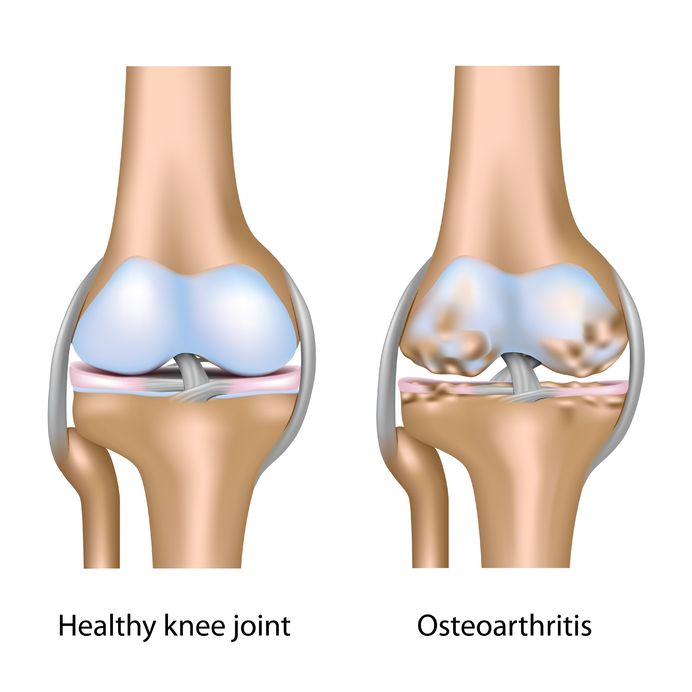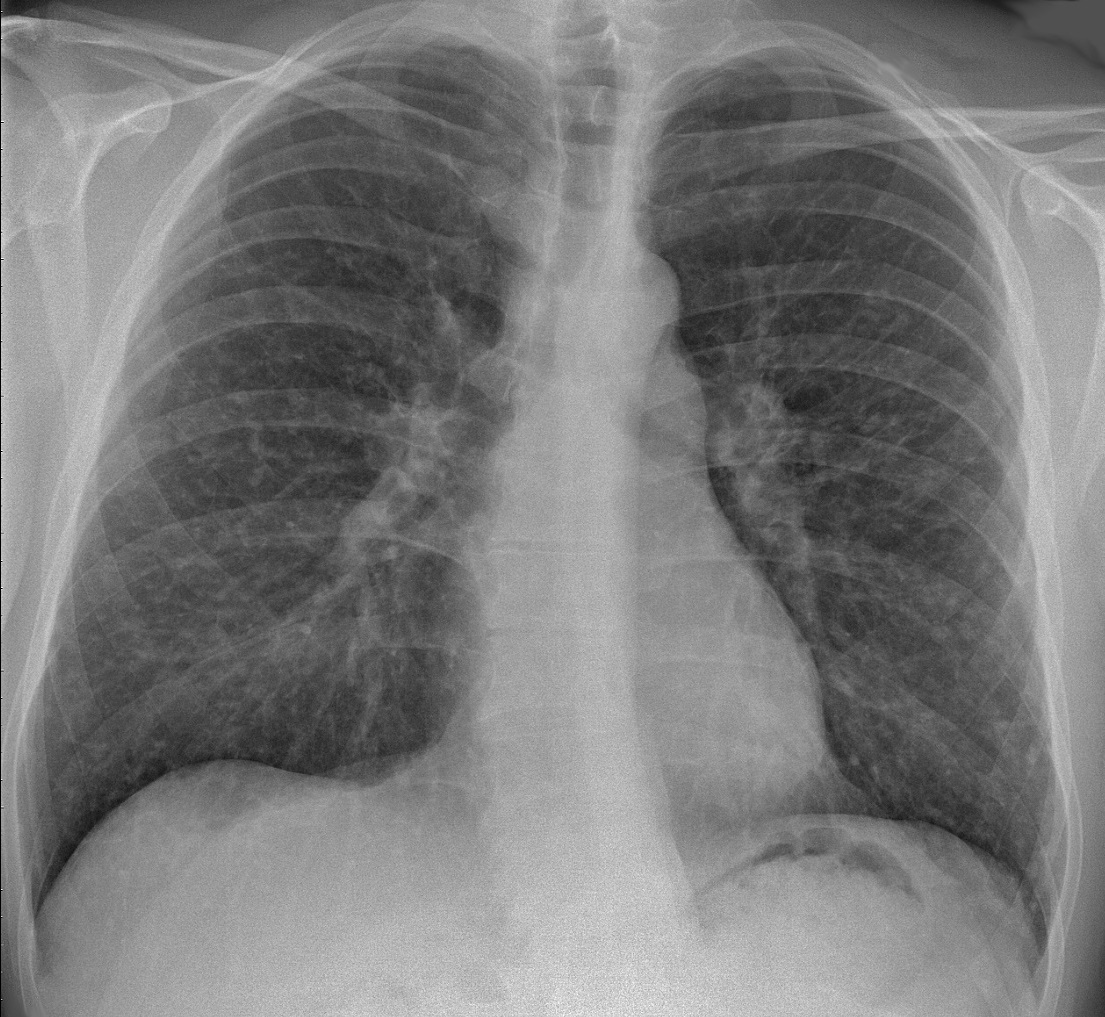Spirochetes are a group of helically coiled or spiral shape bacteria with lengths between 3-500 µm and diameters around 0.09-3 µm. Spirochetes are very motile due to their unique flagella structure, called axial filaments, which run lengthwise between the bacterial inner and outer membranes. The flagella contraction causes a twisting motion which allows the spirochete to move around. Various Borrelia and Treponema species from the Spirochaetaceae family are responsible for diverse human diseases.
Lyme Disease
Among the 36 known Borrelia species, 12 cause Lyme disease or other borreliosis when transmitted by infected tick bites. Among the pathogenic Borrelia species are Borrelia burgdorferi, B. garinii, and B. afzelii.
The Lyme disease spirochete Borrelia burgdorferi is one of the most sophisticated bacterium with 853 genes that encode a variety of bacterial proteins for their complexed cellular structure. These proteins can trigger a broad spectrum immune response which damages multiple organs. Patients can develop symptoms in their whole body with more severe symptoms in their neurological systems. These symptoms include brain fog, feelings of detachment, memory loss, anxiety, panic attacks, agitation, fever, fatigue, insomnia, constipation or diarrhea, burning sensations throughout the body, joint pains, and body pains. Even when bacteria cannot be detected after treatment with antibiotics, patients may still experience the same symptoms.







